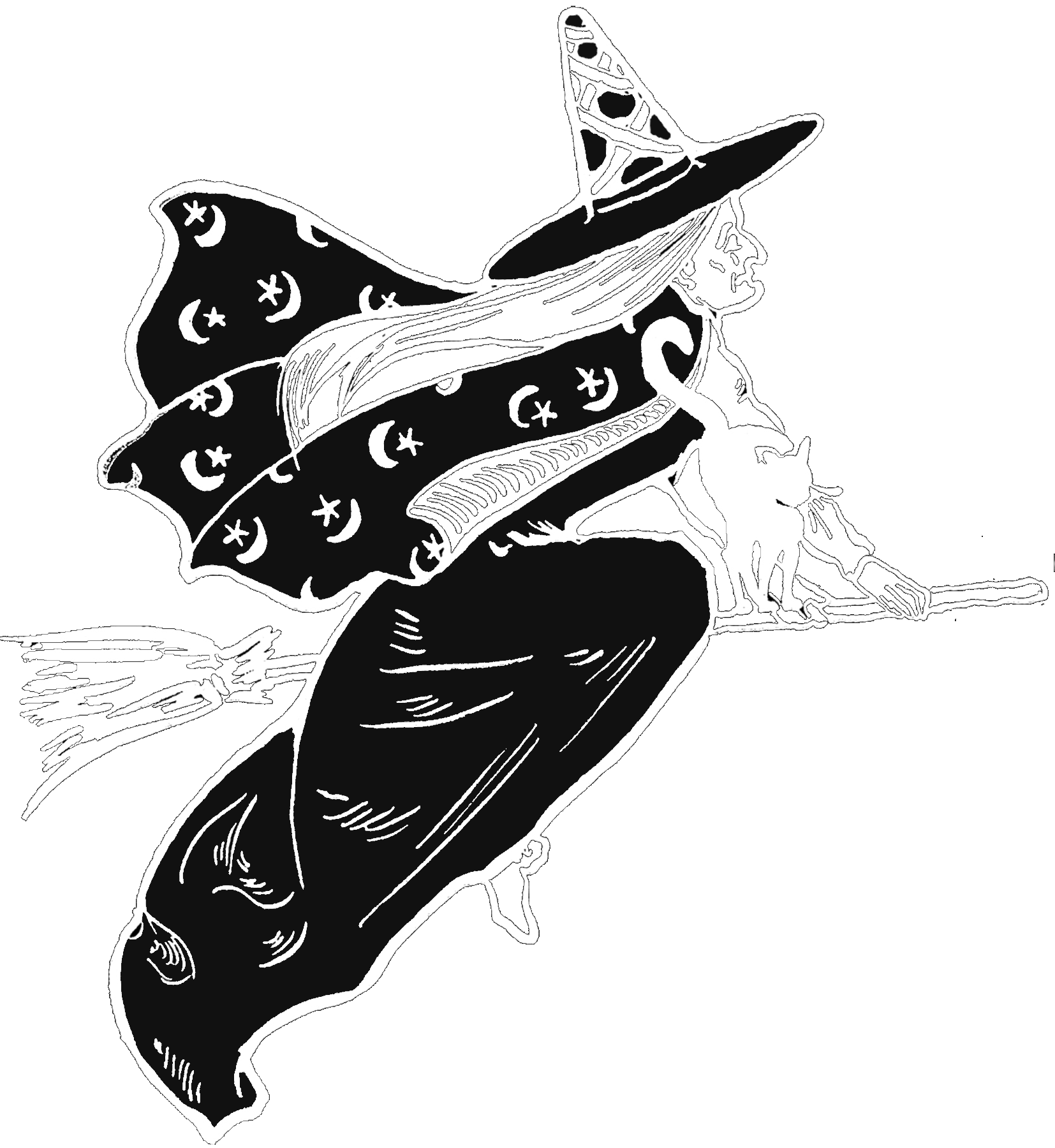Struktur
(Grundlage (ein Sockel)
It’s an active cultural practice shared by all.
Gestalterische Grundlage bedeutet mich die Fragen zu stellen was gestalten ist. Für mich selber ist das es ein sehr breit gefächerter Begriff (selbst wenn man versuchen würde diesen Begriff in „Graphic Design“ enger zu fassen.. Gestalten ist eine Form anzunehmen oder geben aber ich verstehe diese Form eher als ein Weltenschaffen selbst und gesellschaftlich kritischer Moment der sich visuellen Mitteln in seinem Ausdruck nutzt. Gestalterische Grundlage geben bedeutet Tools zu schaffen, diese tools können selbst reflexion sein, seine Interessen zu fassen, aber auch technische tools, Erfahrungswerte. Gestalterische Grundlage ist für mich zu lernen das man von einer Fragestellung nicht sofort zu einer Antwort kommen muss sondern das Prozesse (auszuhalten) wichtig und fruchtbar ist.
Gestalterische Grundlage ist eine eigene oder gemeinsame Sprache zu entwickeln, Systeme der Kommunikation.
Design ist die Verkörperung einer bevorstehenden Zukunft und somit nicht
nur Abbild einer Realität, sondern Wegbereiter für einen gesellschaftlichen
Wandel. Als Produkt sozialer Auseinandersetzungen entwickeln DesignerInnen Narrative mittels kollektiver und/oder individueller Sprache. Diese Sprache gründet sich nicht nur aus der Fähigkeit Visuelles zu produzieren, sondern vor allem über die Vielzahl dessen, was das Denken und somit auch Sprechen der DesignerInnen geprägt hat. Der Prozess des bezeichnen (latein designare=bezeichnen), beschreiben, besprechen ist jedem Entwurf inhärent. Aber wie genau sieht das Verhältnis von sprachlicher Auseinandersetzung und visueller Gestaltung aus?
VeryNearlyCertain
Zitat aus dem COmposition as Explanation der Schriftstellerin Gertrude Stein
Das Verhältnis von visueller zur verbaler Sprache
Module
Lesen / Die Lesung (In Put)
Sprechen / Die Besprechung (Verarbeitung)
Schreiben / das Beschreiben (Output)
Re_Reading
jede Phase ist inPut sowie Output
Lesen …
input ins Thema
Materialsammlung
Collective Readings
Bibliothekhapnneing
Sprechen
Besprechungsraum / Besprechungstisch
Live Action Role Play
Workshop „Slow Reading Club“
Schreiben
Output
Re-Reading
Circle ending das gemacht als Gruppe besprechen
Methodik: Jedes einzelne Modul beginnt über einen eher performativ, spielerische Auseinandersetzung. Impulstag. geht dann über zu selbständigen Arbeiten, Gruppengesprächen und Einzelkonsultationen.
Nächstes Level wäre: jedes einzelne Modul hat eine Voraussetzung wie z.B nur Analog, nur digital, nur Audio, nur über Sehen,
Workshop, Klassengespräche, 1 one 1 Meetings, Möglichkeiten peer to peer lernen
die einzelnen Punkte äquivalent für Designprozesse
Ziel ist es den Studierenden zu verdeutlichen das der Inhalt in bei den mitschwingt
Ziel ist es über ein inhaltliches Thema relativ grundlegende Prozesse des Gestaltens aufzuzeigen.
Von salty zu sweet, shiny zu matt, heroic zu tragic, clear zu opaque und hungry zu patient, schlängeln sich die roten Kreuze des Kun-den über die Achse des Papiers.
Beispiele:
Helen Keller
https://www.youtube.com/watch?v=8ch_H8pt9M8
Gertrude Stein Composition as Explanation
https://yaleunion.org/secret/Stein-Composition-as-Explanation.pdf
Kathy Acker
Language and the body
https://www.instagram.com/p/B8vRwqYB7DF/
sangah shin (die Schrift ist auch ein solitype font)
Sandra Korotosova (textile artist)
https://softandhardwares.com
https://languagetool.org/de/leichte-sprache
Voynich-Manuskript
Weiter, damit wären wir beim vierten Siegel, zeigt das Manuskript eine ungewöhnliche Kombination von Text und Bild, für die es in mittelalterlichen Handschriften keine Parallele gibt. Auch die Ikonografie der Bilder ist ungewöhnlich: Es werden nur Frauen dargestellt, keine Männer. Kein einziges Bild zeigt ein Gebäude. Und schliesslich fehlt der religiöse, kirchliche Kontext völlig, der sonst bei mittelalterlichen Schriften sehr wichtig ist.
In “What do you want me to say?,” Lauren Lee McCarthy reflects on the ways femme-voiced virtual assistants are commanded and controlled by their users and their developers. In her own words:
https://lauren-mccarthy.com/You-Can-Say
https://feralfile.com/artworks/what-do-you-want-me-to-say-rdj?fromExhibition=instructions-follow-f1c
Methoden/Strukturen/Beipsiele
Vera van de Seyp is a designer / creative coder with great interest in typography, languages and artificial intelligence. Currently based in Amsterdam, she work for clients as well as autonomously, and recently graduated from the Master’s program Media Technology at the Leiden University. She teaches Digital Media at the Graphic Design department of ArtEZ. In her work, she explores new technologies, digital tools and fields in media where boundaries are still blurry and yet to be defined.
Sophia Magdalena Eisenhut
Slow Reading Club
Slow Reading Club (SRC) is a semi-fictional reading group initiated by Bryana Fritz and Henry Andersen in late 2016. The group deals in constructed situations for reading. SRC looks at, probes, and interrupts ‘readership’ as a way to stimulate the contact zones between reader and text, text and text, reader and reader. Their work takes the form of text, performances, collective reading sessions, exhibitions, video, sculpture, textiles and a still-in-progress road novel.
Lehre/Statement zur Lehre
The first of these is the creation of classroom spaces where students feel safe to share their personal experiences, and where these experiences become the most important educational tool. With this approach, Critical Pedagogy challenges existing forms of schooling that are based on what Paulo Freire (2000) refers to the “banking concept of education” (p. 72) which reinforces systems of domination. The second crucial element of Critical Pedagogy lies in encouraging students to explore how their experiences shape their identity, and how they are marked by the larger culture in which they live. The third involves urging students to find their own voice by critically analyzing their cultural identity and its influences.
My interpretation of this principle is that we must allow students to use their own personal experiences to find a sense of connection with the learning process. It is our responsibility as educators to ensure that our students are learning, by employing the knowledge they bring into the classroom as our basis to further their education. The practice of connecting students’ experiences to the learning process allows them to personalize the knowledge they are gaining, and thus it becomes relevant to their lives.
Ich Studierenden nicht sagen möchte was sie machen sollen, sondern durch gezielte Fragen sie fördern und pushen, dass es aus ihnen selbst hinauskommt.
bringing their own experiences into the classroom as well, and linking them to the academic discussion. In this way, we also can be seen as whole human beings who exist outside the classroom walls, with complex lives in which we love, care, and struggle for meaning. Furthermore, when we as teachers share our own stories in the classroom, our students can draw a connection between our love for the discipline we teach and the discipline itself, and our teaching can thus become a significant force in their lives. If we are going to expect students to share their experiences relevant to the learning process, we need to do the same.
I would prefer to see the figure of the ‘genius’ replaced with that of the ‘self-conscious acteur’, the person who is ultimately — even within the context of the art school — self-educated and organises heror himself within the framework offered by an art school curriculum.
By virtue of these qualities, the artist figure I have in mind is predestined to find her or his own vocation in society.
Why not regard students as competent partners capable of cooperating and being actively involved in the design of their learning environment ?
a self-reflective analysis of our own biases, and a search for our own voices.
feedback
The goal is to bring the body and its language into the classroom, along with our students’ minds.
based on the false assumption that education is neutral, that there is some „even“ emotional ground we stand on that enables us to treat everyone equally, dispassionately.
Gestalterische Grundlagen

ein caption des biles














Lehrkonzept
Helen Keller









BERGE VERSETZEN 2022
in collaboration with Insa Deist
Exhibitiondesign, wall lettering, poster
Grassi Museum, Leipzig
Design for the exhibition “Moving Mountains" by the artists' collective PARA at the Grassi Museum Leipzig. As part of the exhibition “Reinventing Grassi.skd", the collective deals with the museum's provenance research and past. The focus is on the summit stone of Kilimanjaro, which was stolen in 1889 by the German colonial geographer and founder of the museum Hans Meyer, and poses questions about colonial ownership of culture and natural assets.



















